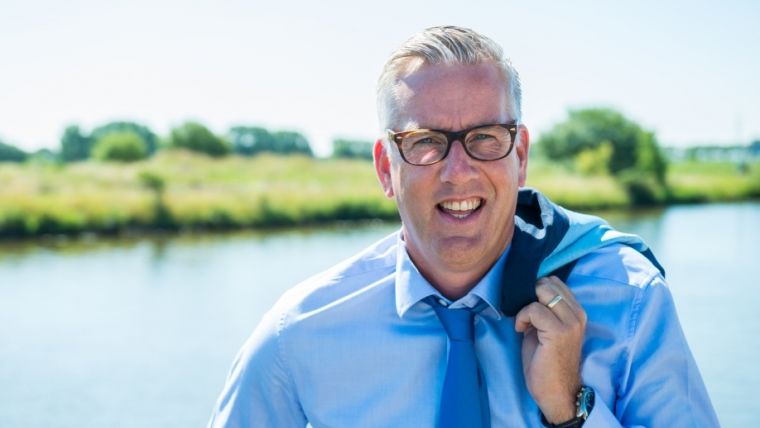Forum
“More than 1,500 people have climbed Mt. Everest, upwards of 300 have journeyed into space, and 12 have walked on the moon, but only three have descended and returned from the deepest part of the ocean”. It’s this quote by Dawn Wright, chief scientist at Esri in their publication The ArcGIS Imagery Book that definitely hits the nail on the head. We don’t know anything about most of our oceans and much about very limited parts of them. This is exactly why the Forum for Future Ocean Floor Mapping was held in Monaco from 15 to 17 June 2016. More than 200 delegates from academia, NGOs and the private sector gathered to discuss and draw a road map to full coverage data of the ocean floor in 2030. The Forum was organised by the Nippon Foundation and the GEBCO Guiding Committee. Not coincidentally, the General Bathymetric Chart of the Oceans (GEBCO) was initiated more than a hundred years ago, also in Monaco, by Prince Albert I of the principality and professor Julien Thoulet of the University of Nancy. Since then a group of scientists from all over the globe have worked hard, voluntarily and effortlessly, to produce charts of the ocean, with bathymetric contour lines and coastlines. The charts have been used primarily by the scientific community. But nowadays societal needs and a focus on the ocean has become far more prominent. GEBCO therefore decided, with support of Nippon Foundation to organise the Forum to answer to this societal need, scientific curiosity and technological developments. In this issue of Hydro International we carry an interview with Shin Tani, chairman of the GEBCO Guiding Committee. He explains that the increase in marine protected areas (MPA), coastal management, fishing resources, site selection for platforms, pipelines and cables, has made it necessary for GEBCO to reset its focus. He invites the ocean community – industry, NGOs and academia not yet involved to join the discussions that will take place within GEBCO. This will result in a GEBCO that is far more visible on the stage of ocean policy. He has one message for our readers: share data! If everybody shares the data available the goal of a fully mapped ocean floor will come within reach much sooner than if everybody keeps guarding their own data. Shin Tani is also convinced that data should not be kept secret, also because technically it’s impossible to do so. Of course there’s only reason to share and after that make the best possible and most accurate maps with all these data; in the end it’s the only solution to serve the sake and safety of the public and in the end the fate of the ocean, the ecosystem, the earth. Hopefully, in a few years’ time, we’ll conclude that the first step towards all of this was the Forum for Future of Ocean Mapping in the summer of 2016 and that in the years ahead the complete misbalance of people who climbed the highest top of the earth has shifted for the better towards those who have visited, or at least mapped, the deepest places on that same earth.

Value staying current with hydrography?
Stay on the map with our expertly curated newsletters.
We provide educational insights, industry updates, and inspiring stories from the world of hydrography to help you learn, grow, and navigate your field with confidence. Don't miss out - subscribe today and ensure you're always informed, educated, and inspired by the latest in hydrographic technology and research.
Choose your newsletter(s)
























